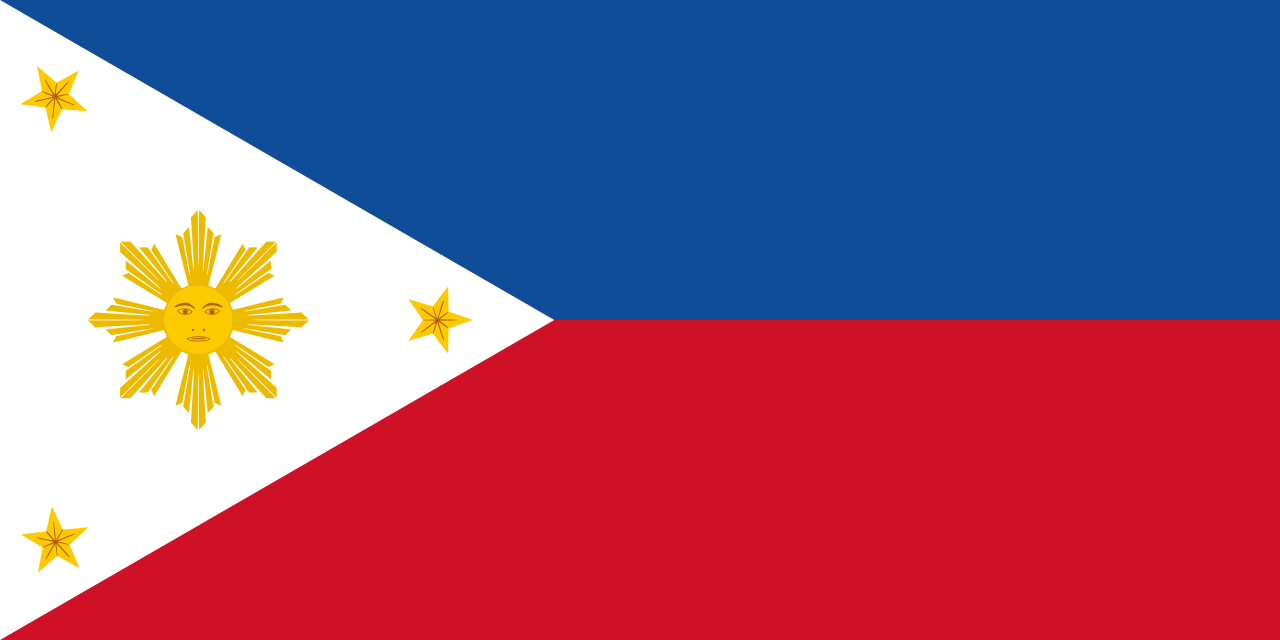In 1896, the Philippines began a revolution against Spanish rule due to widespread dissatisfaction with Spain’s policies and a strong desire for self-governance. This uprising was the culmination of over 300 years of discontent among the Filipino people. On June 12, 1898, under the leadership of General Emilio Aguinaldo, the Philippines officially declared its independence, bringing an end to Spanish colonial rule. This marked the Philippines as the last of the major Spanish colonies to achieve independence.
On June 12th, a proclamation was made at the home of Emilio Aguinaldo around 5 PM. Approximately 100 people gathered to honor this significant event. A new flag of the Philippines was raised high, and the attendees formed a circle to sing the national anthem, known as “Lupang Hinirang.” Following that, they composed and read the Declaration of Independence aloud. The document was signed by 98 individuals, including an American witness.
Unfortunately, the fight for independence did not end for the Philippines after its declaration. Neither Spain nor the United States officially recognized the declaration made by the Filipino citizens. Following the Spanish-American War, Spain ceded Philippine territory to the United States through the Treaty of Paris in 1898. Led by Emilio Aguinaldo, the Filipinos then engaged in a conflict with the United States in an attempt to maintain their freedom, but ultimately lost. Eventually, Aguinaldo was forced to accept the sovereignty of the United States over the Philippines.
The Philippines were granted their independence from the United States on July 4, 1946, in the Treaty of Manila. However, the country officially recognizes its Independence Day on June 12th.

